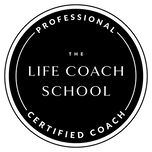 [Join my final webinar installment rescheduled (because of Hurricane Sandy) for Monday, Nov 5 at 8 pm Eastern, when we'll talk about eating out safely, getting ready for Thanksgiving and the secret to happiness: http://www.anymeeting.com/PIID=E950DE85854738 Get the October 22 replay featuring office parties, unsupportive family, and more ideas for food: http://www.anymeeting.com/clairebakerok/EC52DD858648 Get the October 15 replay featuring assembling your medical support team, going to parties, Halloween candy and more: http://www.anymeeting.com/clairebakerok/EC51D980804B Get the September 27th replay, an introduction to who should go gluten free and why: http://www.anymeeting.com/clairebakerok/EC50DF898547 ] Where I live, because we get days and days of notice for the types of natural disasters that favor our area (nor'easters and hurricanes), we are a little spoiled. If our area got plowed by an earthquake or band of tornados, many of us would be caught flat-footed. And of course these things CAN happen on the east coast, so we should be prepared all the time anyway, right? Like everyone else, those of us with celiac and gluten intolerance need to have ready the basics, like water, flashlights, candles, gas in the car, etc. We also need to know that we have gluten-free provisions to get us through potential power outages. At my house we have a non-electronic ignition gas stove and oven, so we could have kept cooking even if we lost power for an extended period. A natural gas disruption would have posed a big problem. Here are some ideas for foods to have on hand to get you (and us!) through a couple of days without electric. Be sure to have a can opener with your emergency stash! And of course check all your labels. 1) Canned beans. I eat these all the time anyway. Great source of protein, already cooked, Fine eaten cold. 2) A loaf of Udi's bagels in the freezer. I advise that you have this anyway, since Udi's bagels are a sturdy, versatile bread option that can meet a multitude of needs. It'll last the better part of a week once thawed, and will be a good delivery vehicle for your nut butter spreads and just to have. 3) Nuts/seeds and Nut/seed butter. This is a great source of healthy fat and protein to have around. Peanut butter, almond butter, soy butter and sunflower seed butter are excellent shelf-stable items. In our house we usually have something like this already all the time because we have kids that eat it. I'd need to be sure to have a stash of non-cross contaminated butters set aside for emergencies. 4) Raisins, applesauce, or other packaged fruit. If you are like me, you have some fresh fruit and veggies on hand all the time, but it would be good to have something on back-up if the fresh produce runs out before the power comes back on. 5) Canned vegetables. Generally no one's first choice, canned veggies can be eaten without cooking. 6 and 7) Chips and salsa. Okay, these probably aren't part of your emergency stash, but maybe they should be. 8) Coffee. My backup plan if we lost power during Sandy (rendering my coffee maker useless) was to make sure my coffee beans were ground beforehand and to use a drip cone with hot water from the stove. If I thought I wouldn't have had access to hot water, I still would have wanted coffee, and instant coffee will mix up fine in cold water (that's my secret for low-labor iced coffee in the summer -- don't tell anyone I use instant!) In a disaster, even cold coffee is better than no coffee. 9) Kind bars or some other gluten-free meal replacement bar. They certainly don't fill me up for a meal, but they are good to have around. 10) If you are omnivorous, I'd advise you have some canned tuna or canned chicken on hand. It'll be good added to the salad below. Hurricane Sandy's Southwestern Bean Salad 1 can pinto or red kidney beans, drained 1 can garbanzo beans, drained and rinsed 1 can black beans, drained and rinsed 1 can corn, drained (or a cup of frozen corn) 1 can Rotel Lime and Cilantro diced tomatoes (or other salsa or canned diced tomatoes of your choice) 2 celery ribs (if you have it) chopped 1 small onion (if you have it) chopped 1 Tablespoon olive oil 1/2 teaspoon of cumin 1/2 teaspoon of chili powder Cayenne pepper and salt to taste Directions Combine all ingredients. If you have time, let the bean/tomato/corn mixture sit for a little while so that the flavors can mingle. Eat by candlelight and be happy you had all of those cans of beans in your pantry! 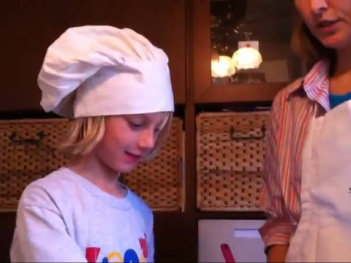 [Join my final webinar installment: October 29th 8 pm Eastern time, when we'll talk about eating out safely, getting ready for Thanksgiving and the secret to happiness: http://www.anymeeting.com/PIID=E950DE85854738 October 22 replay featuring office parties, unsupportive family, and more ideas for food: http://www.anymeeting.com/clairebakerok/EC52DD858648 September 22nd replay featuring the basics for who should go gluten-free and how to shop for gluten-free foods, stay safe in your own kitchen and eat out. http://www.anymeeting.com/WebConference/RecordingDefault.aspx?c_psrid=EC50DF898547] In my gluten-free webinar series, we have been discussing getting ready for the holidays. One technique to guarantee that you have gluten-free food to eat at parties is to host it yourself or take some excellent dishes to the party at someone else's house. I created a You Tube video featuring three great party foods: Peanut Chili Dip, Quinoa Stuffed Mushrooms, and Peanut Butter Stuffed Dates. Peanut Chili Dip Peanut Chili Dip has been a favorite of ours for a long time. I modified our family favorite to be gluten free. 1/3 cup peanut butter 3 T. water 1 T. Gluten-free tamari 1 T. honey 2 cloves minced garlic 1 T. chili powder Dash of cayenne Mix all the ingredients together. At first it looks like it won't mix together well, but don't worry and keep stirring. Before long it will get a creamy consistency. Serve with baby carrots. You can eat it right away, or chill it for a few hours and let the flavors mingle. Quinoa Stuffed Mushrooms You definitely CAN make stuffed mushrooms with your favorite gluten-free bread crumbs, but these quinoa-stuffed babies combine an interesting texture with superior nutrition. 24-32 mushrooms, depending on size 1 cup cooked quinoa 1 T. olive oil 1 clove chopped garlic 3 T. chopped kale 1 T. chopped pecans 1 T. Herbs de Provence (or basil or parsley or whatever you are in the mood for) 3 T. cream cheese 2 T. pecorino romano cheese or parmesan cheees 3-4 drops of gluten-free liquid smoke Preheat oven to 350. Prepare the quinoa according to the package instructions. Brush/wash the mushrooms and remove stems. Saute the garlic, kale, pecans and herbs in olive oil until the kale softens, about 5 minutes. Combine with quinoa, cheeses and liquid smoke in a bowl, stirring until well combined. Stuff the mushroom caps with the quinoa cheese mixture. Arrange on a baking sheet that has been sprayed with non-stick cooking spray. Bake for 20 minutes until lightly browned. Delicious warm or served room temperature. Peanut Butter Stuffed Dates This is hardly a recipe. It's more of a reminder that you can create easy party food with two ingredients. 24 dates enough peanut butter to fill the dates Depending on the size of your dates, you may want to pit them and stuff the peanut butter inside. For the ones I did for the video, I cut the dates in half, removed the pits, and filled the date "boats" with peanut butter. They were a little sticky, but delicious. I know there are people out there who roll peanut butter stuffed dates in powdered sugar, and the guy at the health food store also recommended using Nutella. And in keeping with the bacon wrapping theme of my October 15, 2012 webinar, I've also seen bacon-wrapped dates stuffed with peanut butter and chocolate on-line. Experiment and have fun! This could also be called "Doing Paris on a Reasonable Budget." 1. Rent an apartment with a functioning refrigerator and stove. Having a freezer and oven are great too! We were traveling with another couple, so we got a two bedroom apartment for $1,400 for a full week in the 18th arrondissement, the neighborhood called Montmartre not too far from the Basilique du Sacre-Coeur. It was close to two subway stops and an excellent bus line, so even though it wasn’t right across the street from the Louvre, it was easy to get to the places we wanted to go. Plus, it was near cute shops, a grocery store, and had that local neighborhood charm. (We found our place through a friend, but I recommend that you check out Vacation Rental by Owner— www.vrbo.com – to find a place. Make sure it is REALLY two-bedroom though, not one bedroom and a couch in the living room if you need a place that size.) But the key reason the apartment was great was that I could make my own breakfast and pack snacks or an interesting second meal for when we were out and about. My key rule is always know where your next meal or snack is coming from, and when in an unfamiliar city without a great command of the language, having your own food is critical.
2. Request the special meal on the plane, but have your own too. Here's the place to find info for American Airelines. We flew US Air, but it has since been acquired by American Airlines, so your experience may be different. Back then (and maybe still) they offered a gluten-free special meal, but nothing for gluten-free vegetarians, so if you are a vegetarian like me, you will certainly want to pack your own food anyway. [This was also my experience on a 2018 trip to South Korea.] On the way there I traded my fish for my friend’s fruit salad. On the way home, I ate the rice but left the chicken breast. The main meal they served, if you are omnivorous, looked pretty good. Their supplemental snack near the end of the flights was a pretty sad affair by anyone’s standards. 3. In addition to your food for the plane, pack gluten-free provisions. I packed plenty of gluten-free on-the-go-type foods in the suitcase that I checked which was great, since navigating label-reading at the grocery store and finding equivalent products the health food store were a bit of a challenge. Udi’s bagels were handy (I also packed my toaster sleeve!) And one thing to note: Parisians apparently don’t eat peanut butter. I finally found it at the health food store Naturalia, but it looked like an import from Germany. Go figure! 4. That said, find the Monoprix (grocery store) and Naturalia and various outdoor markets to see what culinary life in Paris is like, and to buy cheese and veggies etc (Monoprix and markets) and any gluten-free crackers or cereal or whatever to have on hand (Naturalia). 5. Take a cutting board and appropriate utensils. Our apartment was great, but the cutting boards and spoons were all wooden and could have been a big source of cross-contamination. I made due without getting a new cutting board, but I did buy a plastic spatula that I could use on the non-stick pans without worry. I brought it home and now I think of Paris every time I use it. 6. Before you go, get/make a list of gluten-free friendly restaurants by arrondissement, with notes about hours and days, and follow them on Facebook. I didn’t realize until I got there that arrondissement number = zipcode. For example, the Louvre in the 1st arrondissement which is in 75001. This made it much easier to identify our likely lunch or dinner venue based on what we were going to be doing that day. Be sure to double check their hours. Unsurprisingly, their websites and Facebook pages are IN FRENCH, so I goofed a couple of times and took us to restaurants that weren’t open. Since I don’t speak French I was reluctant to call ahead. Get over this fear and save yourself many extra miles on your already tired feet! Carry your list around with you. 7. Get a weekly Paris Metro (public transportation) pass. For around 24 euros, you can go everywhere. This gets you to and from your apartment to museums and those far flung gluten-free dining gems. If you are from a city and are familiar with subways, it’s actually easier to use than many. Here’s a website that explains it: http://parisbytrain.com/paris-train-metro-week-pass-navigo-decouverte/ 8. Have a plan each day. It’s much less stressful if you know when and where your meals are coming from each day. Even if you don’t decide until the night before or the morning of, have a concrete picture of how you expect to get your nutritional needs met safely. If you don’t plan and get hungry while you are out and about, you are more likely to make risky decisions. 9. Plan for picnics. Paris is loaded with great parks, gardens and random green spaces. Take advantage of them! Be one of those people who lounge about, looking tranquil and eating apple slices with brie and drinking sparkling water. We planned a picnic and happened upon a flash dance mob (that conjures an image, doesn’t it?) Actually we think it was just an outdoor dance rehearsal in a park, but it was fun to watch and a really excellent Paris experience. 10. Take pictures of the food, the place and the menu to help you remember where you had the best success. Post them on-line! Sell your list on Fiverr.com! Tell others in the gluten-free community where you had success so that we can live vicariously through you and we can collectively have pleasantly memorable international travel experience. I'm fortunate enough to be able to travel to Paris with my partner (sans kids) for a week. I had some trepidation about it -- it is my first trip outside the US since I got the celiac diagnosis. I don't dpeak French, and communication is so important when living the gluten-free life. I won't say it has been a breeze, but I have been able to eat interesting foods in typical Parisian places and find gf products to have at the apartment for the meals we have made ourselves.
After I get home, I'll document the trip more fully. I just wanted to check in and reinforce that with planning and patience having celiac does not have to be a barrier to going and seeing and doing. ************************************************ We'll cover travel tips in the 4-part webinar series starting October 15th. Register here: http://www.anymeeting.com/AccountManager/RegEv.aspx?PIID=E155D687804E |
Archives
January 2024
|



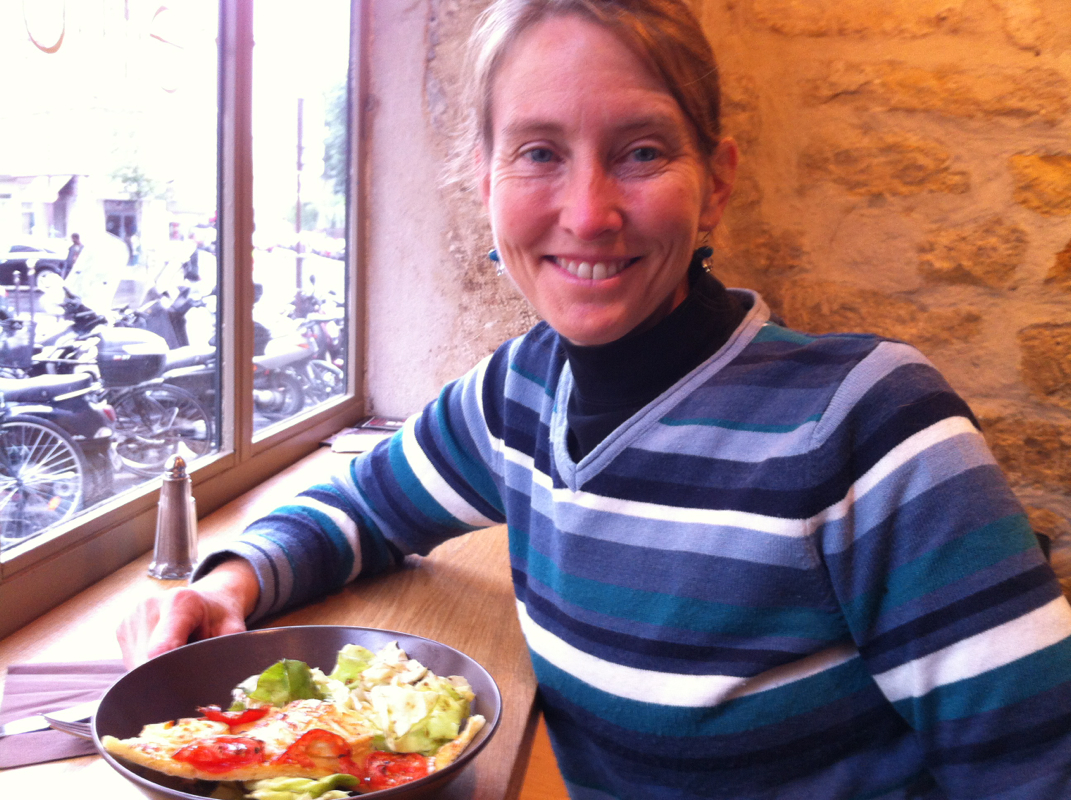
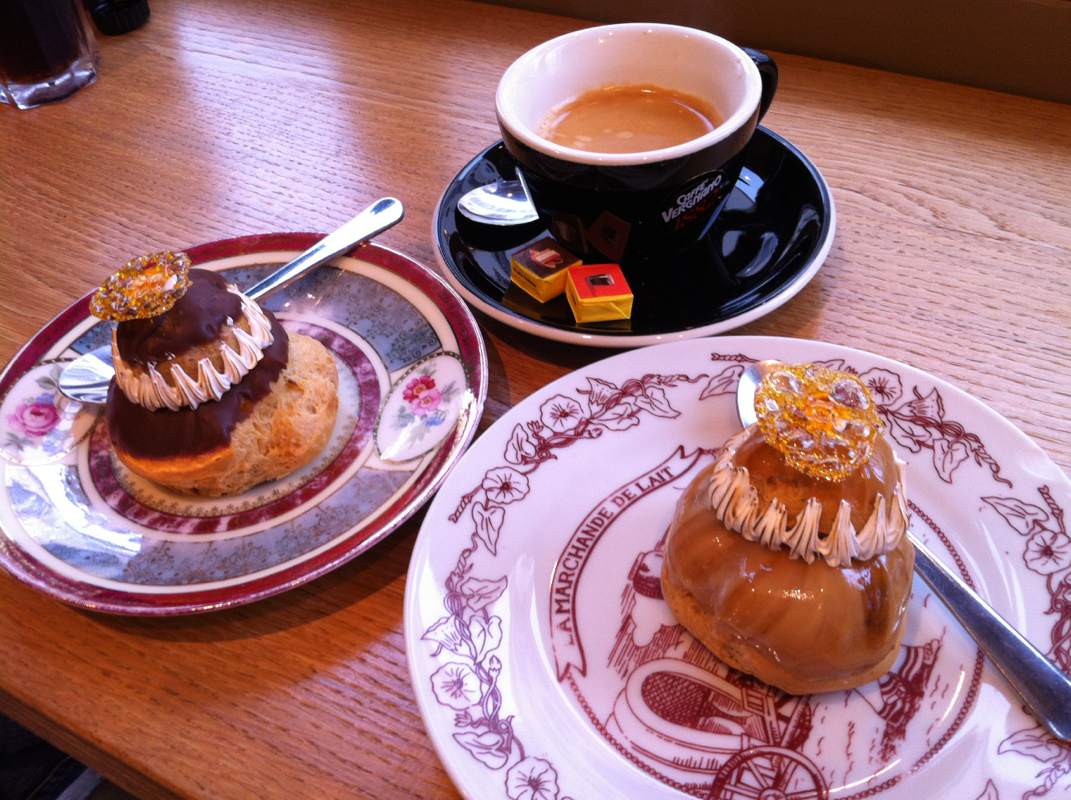
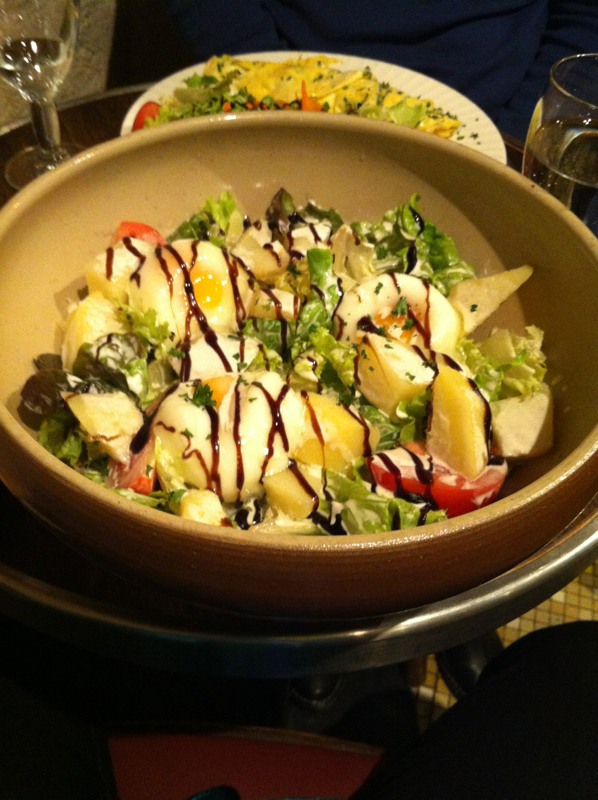
 RSS Feed
RSS Feed
